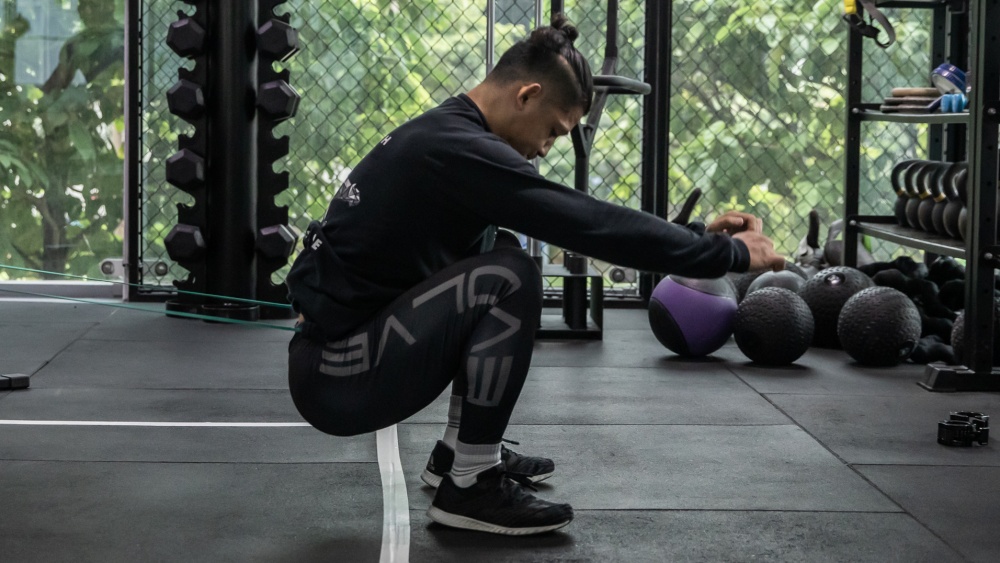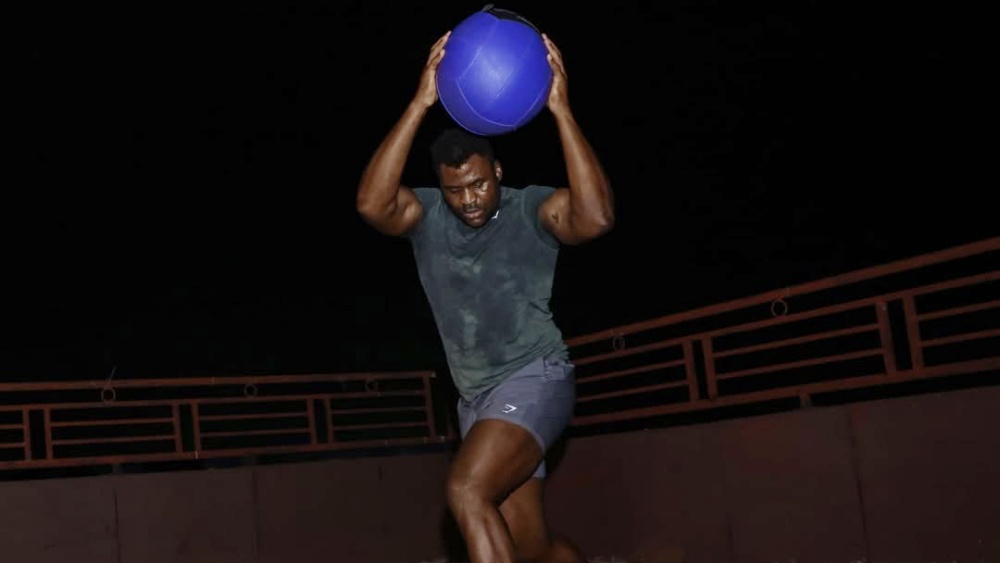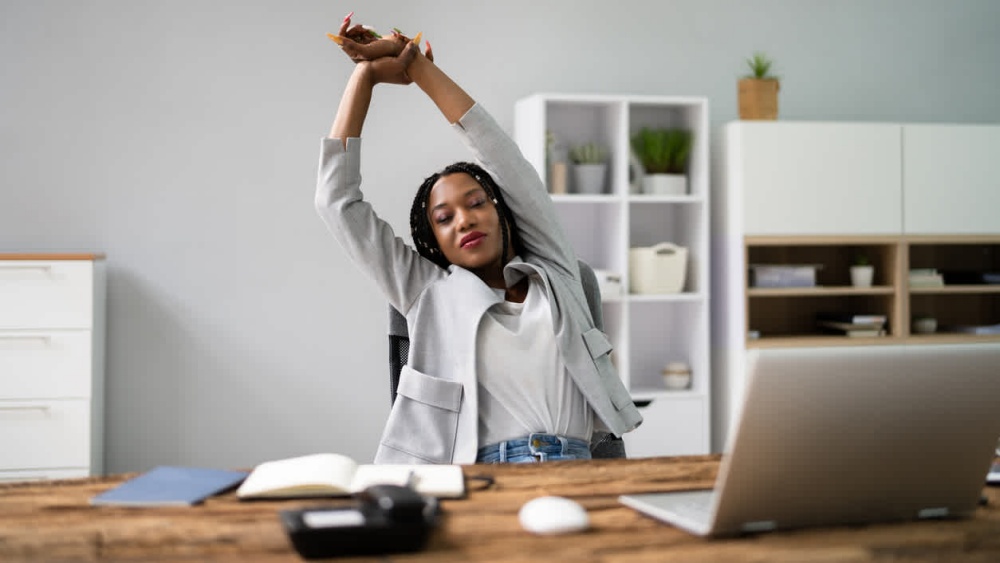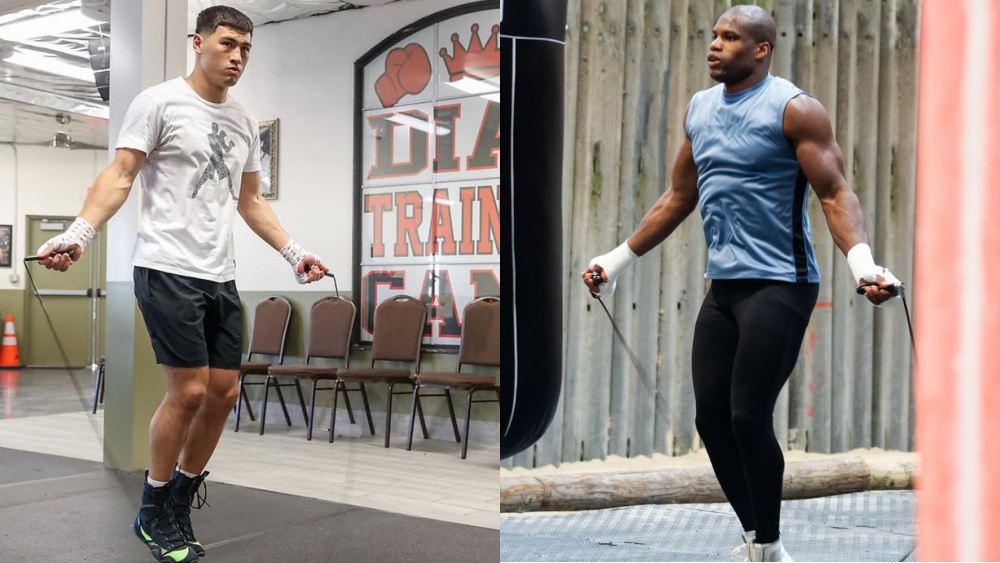Novice lifters might obsess about building superhero biceps and bulging chest muscles, but experienced fitness enthusiast and lifters understand that exercises that build up the quads are what translate into functional strength and power. Having a well-developed quad is an indicator of the athletic ability of a person and it signifies that a person is capable of doing athletic movements that require functions from the lower body.
There’s no better way to show off your strength than having a pair of thick, muscular quads that cannot be hidden regardless of what you wear. People with muscular legs are typically muscular everywhere else. A well conditioned and developed quad also makes the delivery of daily task such as climbing stairs and lifting objects easy for a person.
Quad exercises don’t just improve the aesthetics of your lower body; research by the Journal of Physical Therapy Science showed that people with knee osteoarthritis could move more freely and reported less pain when they had stronger quad muscles.
One of the most common exercises lifters use to target their quads are the squats, but there are many other ways to target these muscles. This article will talk about the best exercises that will improve the strength and power that come from your quads to help you perform better in your next strength and conditioning class.
What Is The Quad?
The quadriceps femoris, typically known as the quads, is a set of muscles in the front of the thigh. It is one of the largest muscles in the body whose function is to stabilize and straighten the knee joint.
Your quadriceps consists of four muscles groups:
- Rectus Femoris: This is the muscle that goes straight down your thigh and helps with movements that involve hip and knee flexion.
- Vastus Lateralis: This is the largest of the four quad muscles, and it connects your kneecap with your thigh bone.
- Vastus medialis: This muscle works to stabilize your kneecap and is activated whenever the knee joint is extended.
- Vastus Intermedius: This muscle works with the other muscles in the knee to facilitate knee extension.
Training the four muscles that make up your quads makes many of the moments you make daily easier, like sitting, bending, and walking. Strong quad muscles also improve knee cap stability and protect your knee joint from injury. Studies show that improving muscle strength with quad exercises lowers your risk of knee osteoarthritis and helps to prevent degenerative wear and tear in your knee joint.
The rectus femoris is the muscle that mainly helps with hip flexion. Vastus intermedius is used for knee extension and stabilizes the patella (the small bone in front of the knee). Vastus lateralis is the muscle that connects the thigh bone to the kneecap and is responsible for the same actions as the vastus intermedius. The vastus medialis is used for knee extension and to stabilize the kneecap.
Build Your Quad Strength With These Exercises
Incorporating the following exercises into your program will undoubtedly increase the strength of your quads when done correctly. Aside from the strength that you will gain, performing the following exercises regularly will help you build a stronger, lower body in general, which builds stronger tendons, ligaments, and bone density that will help prevent injuries in the long run. Below are the 13 best quad exercises to build strength.
1) Front Squat
The front squat is a quad-dominant type of squat used by many athletes in their programs, especially weight lifters. It is performed by placing the barbell in front of your shoulders, as opposed to the traditional barbell back squat, while keeping your chest up and the spine neutral.
Front squat requires shoulder mobility, so it is advised to perform shoulder mobility exercises to properly warm the shoulder up to prevent elbow and shoulder pain before attempting this exercise.
To perform a front squat:
- Get into the starting position with your feet about shoulder-width apart while holding a barbell across your chest. You can cross your arms to support the barbell or hold the weight with your fingers while your wrists are extended.
- Keep your back straight as you bend your knees and push your hips back to send your torso toward the floor. Go down until your thighs are at least parallel to the floor.
- Drive your heels into the floor and explode back to the starting position.
2) Barbell Back Squat
The barbell back squat is one of the classic ways to build leg strength. Although the bar’s positioning will depend on the structure of our bodies (as some people are born with longer femurs, making them more comfortable with the low bar), the high bar back squat is considered the better variation to target the quads.
At a minimum, you should add at least one variation of the squat if you’re serious about improving muscle strength in your quads.
It’s a compound exercise, meaning multiple muscle groups work together during your reps, and it targets most muscles in your legs to some extent.
Here’s what the exercise looks like:
- Get into the starting position with your feet slightly more than shoulder-width apart. This isn’t a hard rule since different stances work for different people. The main key is that you’re well-balanced in the starting position.
- If you’re using a barbell, walk under it and raise it off the rack with your rear deltoids. Take a few steps away from the rack, so you have room to perform your reps.
- Start the movement by sending your hips back as if you were sitting on an invisible chair behind you. Bend your knee as much as possible. Ideally, you want your thighs to be at least parallel to the ground. Go lower if you can.
- Push your feet into the ground to lift your body back to the starting position to complete a rep.
3) Walking Lunges
The walking lunges are a dynamic movement and a great exercise to strengthen the quads. This can be done with any type of free weights or even just with bodyweight to begin with. You can perform these lunges by either a racking barbell on your back or holding a dumbbell/kettlebell in each hand.
Here’s what the exercise looks like:
- Start with both feet standing together with your hands on your hips.
- Take a step forward, with your heel of your forward leg down flat on the ground, bend down, your knees should almost be at 90-degrees when bent.
- Your back knee should be touching the ground.
- Stand up and bring your back feet forward and back to the starting position.
- Continue alternating your legs.
4) Pistol Squats
This exercise is the ultimate test of lower body strength and mobility. You raise one of your legs off the ground and keep it stretched out in front of you while performing squats. Pistol squats challenge your hip flexors, core, and quads like no other exercise does. It also helps to improve your balance.
Pistol squats are arguably the best bodyweight exercise for your legs since you don’t need extra weight to make the exercise more challenging. You should feel proud of yourself if you can do more than five of these on your first try.
To perform a pistol squat:
- Stand with your feet close to each other and lift one of your legs off the floor.
- Bend your post knee as you squat as low as you can while keeping your back straight.
- Push your foot into the ground to push yourself to the starting position, then perform the exercise with your other leg. Aim for three sets of ten reps.
5) Front Foot Elevated Split Squats
This exercise involves lifting one foot onto a bench to make your other leg do most of the work. Lifting a leg when squatting also increases your range of motion. By turning the squat into a unilateral exercise, you need less resistance to build strength and muscle mass.
Many people can barely get more than ten split squats reps, making it one of the best bodyweight exercises for building muscles in your legs. You can grab a pair of kettlebells or dumbbells if you want to make the exercise more challenging.
Here’s what the exercise looks like:
- Stand on a large weight block or plate while holding dumbbells or kettlebells in both arms. Your arms should be hanging straight by your sides.
- Keep your chest up and take a backward step with one leg. Bend your front knee until your rear knee makes contact with the ground.
- Return to the starting position explosively and repeat the exercise with your other leg.
6) Elevated Heels Goblet Squats
Raising your heels off the ground when performing a squat increases your range of motion, especially if you have tight calf muscles. Goblet squats with elevated heels allow you to go down deeper during your squats, giving you a more extensive workout. It mainly targets the vastus medialis, the muscle that stabilizes your kneecaps and protects your knee joint.
Here’s what the exercise looks like:
- Stand on a large weight block or plate and keep your heels elevated as you stand on the balls of your feet.
- Grab a kettlebell and keep your torso upright. Keep your feet together as you squat down until your hips are below your knees and your knees go over your toes.
- Explode back up to the starting position to complete a rep. Aim for three reps of eight to ten reps.
7) Sissy Squat
Don’t let the name fool you; this is one of the more challenging movements on our list. It’s an effective way to build powerful quad muscles while improving balance and core strength. It’ll take some time to master this exercise, but it’s one of the best bodyweight exercises you can perform for your quads, so add it to your fitness routine.
Here’s what the exercise looks like:
- Stand with your feet a little more than shoulder-width apart, with your heels raised from the ground. Stay on the balls of your feet and make sure your heels don’t touch the ground.
- Use a rack or something sturdy for support, or place your hands on your hips.
- Bend your knees and lean backward so a straight line can be drawn from your head to your knees.
- Keep bending at your knees and leaning back as you lower your knees to the ground as much as you can.
- Explode back to the starting position once you’ve reached the limits of your mobility.
8) Seated Dumbbell Leg Extensions
Most serious gym goers aren’t huge fans of exercise machines, but that is not always the best approach. In some cases, exercise machines target specific muscles better than exercising with free weights. Seated leg extensions are one such example. The exercise isolates your quads by making them serve their primary purpose: leg extension.
It’s one of the most effective ways to force maximum muscle growth in your legs and increase muscle strength. You don’t need an exercise machine to get the benefits of seated leg extensions. Just hold a dumbbell between your legs and sit on a box to perform the exercise.
Here’s what it looks like:
- Sit on an exercise bench or box with a dumbbell between your feet and your back straight. Your lower and upper leg should form a 90-degree angle in this position.
- While keeping the rest of your body still, extend your legs so they’re parallel to the ground and completely straight.
- Pause for a second before slowly returning your legs to the starting position.
9) Banded Spanish Squats
Spanish squats are excellent for people who experience knee pain when they lift heavy. With this exercise, you don’t need much resistance to get a good quad workout. Using a resistance band while performing Spanish squats helps to keep your shins vertical, putting more emphasis on your quads during the movements. It is right up there with the leg extension when it comes to exercises that isolate the quad muscles.
To perform a banded Spanish squat:
- Loop a resistance band around a heavy set of weights or an exercise rack. Step into the band, so it rests on the back of your knees.
- Take a few steps away from the object you’ve anchored down the resistance band until you feel strong tension on the band.
- While keeping your feet in a narrow stance, shift your hips back and drop into a deep squat. Pause at the bottom of the movement before exploding back up against the band’s resistance. Aim for three sets of eight to twelve reps.
10) Bodyweight Leg Extensions
Here’s an exercise that builds strength in your lower body through a wide range of motion. This exercise won’t just increase muscle strength in your quads; it also improves your mobility. Perform your reps explosively to get the most out of this exercise.
Here’s what it looks like:
- Kneel on the ground with your backside on your heels.
- Lean backward as you slowly lower your head toward the floor. Hold on to an exercise rack to support yourself if needed.
- Lower your head until you feel a stretch through your quads or start losing your balance, then explosively return to an upright position. Aim to increase the depth of your motion during your reps to get the most out of the exercise. Try to get three sets of 10 to 15 reps.
11) Dumbbell Hack Squat
You’ll need a foam roller placed behind you to guide you up and down as you perform the movement while holding onto a dumbbell. It’s an excellent exercise for people who struggle with their mobility and balance when performing squats. This exercise can also be a cooldown after a heavy leg workout.
Here’s what the exercise looks like:
- Stand about 12 inches away from a wall with a foam roller pinned between your lower back and the wall.
- Hold a kettlebell or dumbbell in each hand a keep your feet about shoulder-width apart.
- Slowly lower yourself towards the floor by rolling the foam roller on the wall. Keep going until you’re in a deep squat before exploding back to the starting position. Aim for three sets of 10 to 15 reps.
12) Box Jumps
The box jumps are a plyometric exercise that adds strength, speed, and power to your quads. It is performed by jumping on a box or an elevated ground with a soft landing and with the knees slightly pointing outwards. The box jump is a great exercise to add to your routine to improve overall athletic performance.
Here’s what the exercise looks like:
- Begin by stretching your arms up to get your momentum in jumping.
- Bend your knees a little to load your hips, and spring up to jump. Remember to keep your spine straight.
- Explode through your hips, swing your arms and jump upwards.
- Once on top of the elevated surface, stand straight and pause for a little bit.
- Get back down by jumping backwards a little and bend your knees for support.
13) Bulgarian Split Squat
The Bulgarian split squat is a variation of the single-leg squat which greatly targets the quads. This exercise is performed with your back leg placed on an elevated surface or a bench while squatting with the lead leg. It can be done with your bodyweight or any type of free weight to add more difficulty.
Here’s what the exercise looks like:
- Stand in front of a knee-high platform. Extend your right leg behind you and rest your toes on the bench and square your hips and shoulders.
- Keeping your torso upright, slowly lower your right knee toward the floor. Your front knee will form approximately a 90-degree angle.
- Maintain evenly distributed weight in your whole foot. Don’t shift forward on the toes or exaggerate pushing through the heel.
- Reverse the move and return to the starting position.
Final Thoughts
Doing lower body exercises like squats and its many variations will surely boost your athletic ability and performance. It offers significant benefits not just for strength, speed, and power but also for better bone density, stronger tendons and ligaments, and better production of hormones such as testosterone, cortisol, and human growth hormone.

















